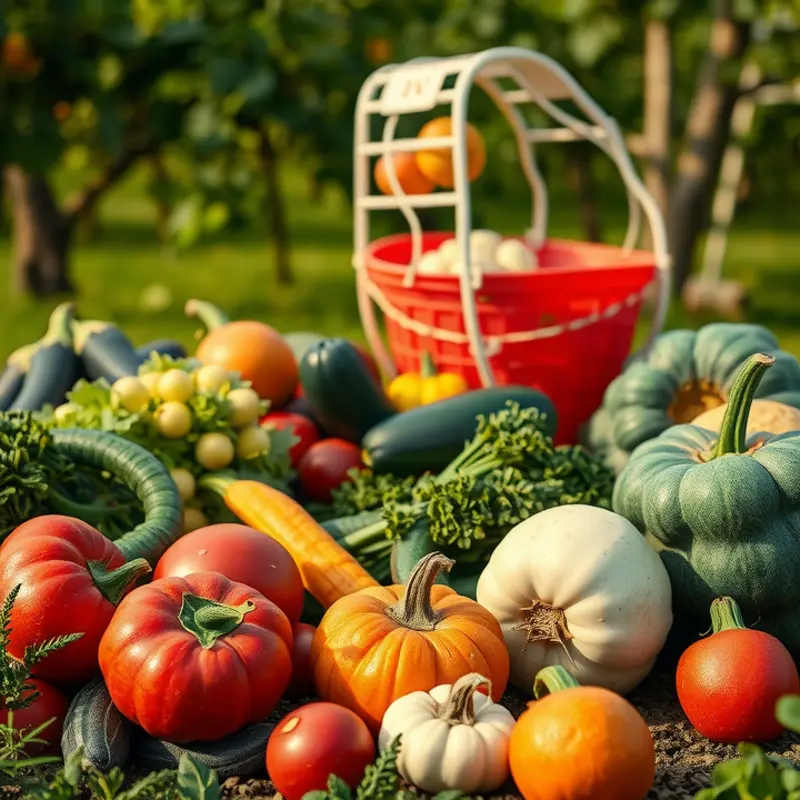Caramelization is a transformative cooking technique that deepens the flavor of vegetables, bringing out their natural sweetness while enhancing their savory qualities. Whether you’re a novice or an experienced home cook, mastering this skill is an essential step toward elevating your dishes. In this guide, discover foolproof tips and techniques to achieve perfectly caramelized vegetables that will captivate the palette and add depth to your meals.
Essential Techniques for Perfect Caramelization

Caramelizing vegetables is an art that involves transforming their natural sugars into deeply flavorful, sweet, and savory dishes. A few key techniques can help you master this process.
Begin with uniformly cut vegetables. Consistent sizing ensures even cooking and prevents some pieces from burning while others remain undercooked. Aim for slices around a quarter-inch thick; this thickness allows optimal caramelization while preventing excessive drying. Whether you’re working with onions, carrots, or bell peppers, focus on maintaining uniformity in the cuts.
Next, consider your choice of fat. The type of fat impacts flavor and texture. Olive oil offers a robust, fruity flavor that complements most vegetables, while butter adds a rich, creamy taste that enhances sweetness. Use a combination of fats to balance flavor profiles. Ensure you have enough fat to coat your vegetables evenly; this prevents them from sticking to the pan and promotes even browning.
The right heat control is crucial. Start by preheating your pan on medium to medium-high heat. If the pan isn’t hot enough, vegetables will steam instead of caramelizing, making them soggy rather than crisp. On the other hand, excessive heat can cause burning before the sugars develop fully. Once your pan and fat are hot, add the vegetables in a single layer. Overcrowding leads to steaming rather than browning, so use a large enough pan or cook in batches if necessary.
Patience is the final ingredient in achieving perfectly caramelized vegetables. This process takes time, usually between 20 to 40 minutes, depending on the vegetable. After adding vegetables to the hot pan, let them sit undisturbed for a few minutes to establish a golden crust. Then, stir them occasionally to ensure even browning. Restrain from constant stirring, which hinders the caramelization process. Allow natural sugars to develop into that coveted golden hue.
Incorporating these techniques can transform a basic vegetable roast into a gourmet side dish. For further exploration of efficient vegetable preparations, you might find useful tips in this minimal prep dinner ideas guide. Embrace these fundamental techniques, and you’ll soon master the art of creating irresistibly sweet and savory caramelized vegetables that complement any meal.
Choosing Vegetables and Flavor Enhancements

When it comes to caramelization, not all vegetables are created equal. For those aspiring to elevate their culinary creations, selecting vegetables that caramelize well is crucial. Onions, carrots, and bell peppers stand out as some of the best choices.
Onions are exemplary for caramelization, transforming into deeply sweet and flavorful morsels. As they cook, the natural sugars break down, resulting in a rich, golden hue and complex taste. For successful caramelized onions, cook them slowly over low heat, allowing the sugars to gradually develop without burning.
Carrots, with their inherent sweetness, are another fantastic vegetable to caramelize. Roasting carrots at high temperatures intensifies their natural sugars, adding a delightful candy-like quality to their flavor. Toss them with a bit of oil and a dash of salt before roasting to help achieve an even caramelization.
Bell peppers provide a vibrant color contrast and a hint of sweetness when roasted until their skin blisters and darkens. The key is to allow them to reach a deeply roasted state for optimal flavor. Cutting them into strips ensures maximum surface area for caramelization.
To further elevate these vegetables, consider integrating flavor enhancements. Seasonings and aromatics are essential tools in this process. For instance, a sprinkle of freshly ground black pepper can add depth and a slight kick to caramelized onions. A touch of balsamic vinegar towards the end of cooking can provide a balanced acidity.
Garlic is a versatile aromatic that compliments the sweetness of caramelized vegetables, offering a savory contrast. Adding garlic towards the latter part of cooking ensures it doesn’t burn and overwhelm the dish. Similarly, thyme and rosemary can infuse the vegetables with earthy tones, enhancing their natural flavors without overpowering them.
Experimenting with sweet and savory combinations can lead to unforgettable dishes. Consider pairing the caramelized vegetables with salty elements, such as a sprinkle of feta cheese or a hint of soy sauce, for balance. For those interested in salt-free flavor enhancements, there’s a guide available on boosting flavors without relying on salt.
In the pursuit of mastering vegetable caramelization, understanding the balance of flavors and choosing the right ingredients are fundamental. Incorporating both sweet and savory elements crafted from thoughtful seasoning and aromatic choices can transform your creations into delightful culinary masterpieces.
Final words
Caramelizing vegetables is not just a cooking technique; it is a way to enrich your culinary repertoire. With the right techniques and an understanding of what vegetables work best, you can create aromatic and flavorful dishes that are sure to impress anyone at your dining table. Remember, the key lies in patience and practice. The next time you prepare vegetables, embrace the art of caramelization for a delightful flavor transformation. Go ahead and get cooking!







